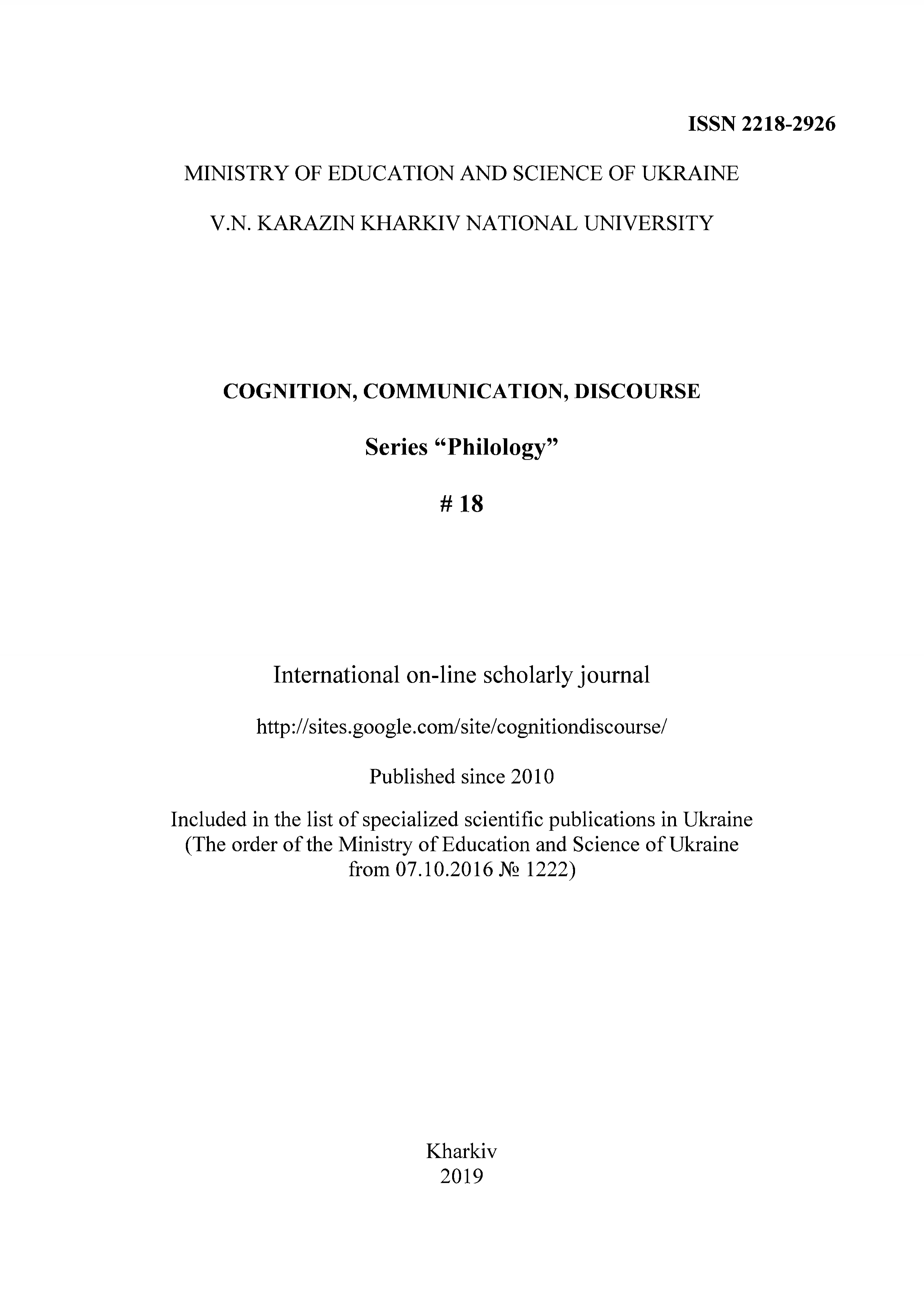Approximation and metaphor in Italian nominative strategy
Abstract
This article analyses nominative strategies in the Italian language and deals with miscellaneous cases which cannot be described in terms of direct nomination. In particular, I consider approximation and metaphor as two complementary means used by the speaker to characterize the concept. Approximation and metaphor are semantic categories with a specific system of rules. According to their specific semantic properties, approximatives “stretch” the semantic field of a concept so that it can be applied to different situations, leading to a fuzzy description of the situation; metaphors, on the contrary, clearly identify some aspects of a fuzzy situation so that it can become more comprehensible for the listener. Both approximative and metaphorical operators are used for redefining a concept and for changing its range of applicability. In this article is given a definition of approximatives and metaphors and then a description of their semantic properties, including the pragmatic information they convey. I also give an original classification of approximatives, dividing them in two different groups – graduating and boundary approximatives. Both approximative and metaphorical operators allow speakers to convey their subjective relationship to the described situation: this article analyses the different kind of the speaker’s assessment on the base of the selected operator, approximative rather than metaphor. Approximative and metaphorical cases differ very much depending on the linguistic local culture: in Ukraine, English, Russian and Italian we have different systems of approximatives or metaphors and they convey different meanings. The article also provides a detailed illustration of the assessment process of metaphors related to food in Italian linguistic culture.
Downloads
References
Adamovich, S.V. (2011). Semanticheskaja kategorija approksimacii i sistema sredstv ee vyrazhenija [Semantic category of approximation and means of its expression]. Grodno: GrGU Publ.
Arutjunova, N.D. (1999). Jazyk i mir cheloveka [The world and language of man]. Moskva: Jayzyk russkoj literatury Publ.
Dubovickaja, E.Ju. (2014). Priblizitel’nost’ i neopredelennost’: racional’nyj i irracional’nyj podhody k izucheniju [Approximation and indefiniteness: rational and irrational approaches towards learning]. Kognitivnye issledovanija jazyka. – Cognitive studies of Language, 18, 387-389. (In Russian).
Lakoff, Dzh., Dzhonson, M. (2004). Metafory kotorymi my zhivem [Metaphors we live by]. Moskva: URSS Publ.
Lakoff, G. (1973). Hedges: A Study in Meaning Criteria and the Logic of Fuzzy Concepts. Journal of Philosophical Logic, 2, 458-508.
Lakoff, G. (1987). Women, Fire, and Dangerous Things. Chicago; London: The University of Chicago Press.
Lakoff, G., Johnson, M. (2003). Metaphors we live by. Chicago; London: The University of Chicago Press.
Machetti, S. (2006). Uscire dal vago. Roma; Bari: Edizioni Laterza.
Mercantini, S. (2016). Semanticheskaja kategorija approksimacii i sredstva ee vyrazhenija v sovremennom ital’janskom jazyke [Semantic category of approximation and means of its expressionin modern Italian].
Unpublished candidate dissertation, Moskva, Russia. (In Russian).
Pristinskaja, T.M. (2012). Pragmaticheskij potencial konstrukcij s approksimativnoj semantikoj v hudozhestvennom tekste [Pragmatic potential of constructions with approximative semantics in literary texts]. In Sovremennye podhody k izucheniju edinic jazyka i rechi i voprosy lingvodidaktiki [Modern approaches to studying units of language and speech and linguistic didactics issues ] 195-199. (In Russian).
Wierzbicka, A. (1986). Precision in Vagueness: The Semantics of English ‘Approximatives’. Journal of Pragmatics, 10(5), 597-614.
Authors, who publish with this journal, accept the following conditions:
The authors reserve the copyright of their work and transfer to the journal the right of the first publication of this work under the terms of the Creative Commons Attribution License (CC BY), which allows other persons to freely distribute a published work with mandatory reference to the authors of the original work and the first publication of the work in this journal.
Authors have the right to enter into separate additional agreements for the non-exclusive dissemination of the work in the form in which it was published by this journal (for example, to post the work in the electronic institutions' repository or to publish as part of a monograph), provided that the link to the first publication of the work in this journal is given.
The journal policy allows and encourages the authors to place the manuscripts on the Internet (for example, in the institutions' repositories or on personal websites), both before the presentation of this manuscript to the editorial board and during review procedure, as it contributes to the creation of productive scientific discussion and positively affects the efficiency and dynamics of citing the published work (see The Effect of Open Access).




